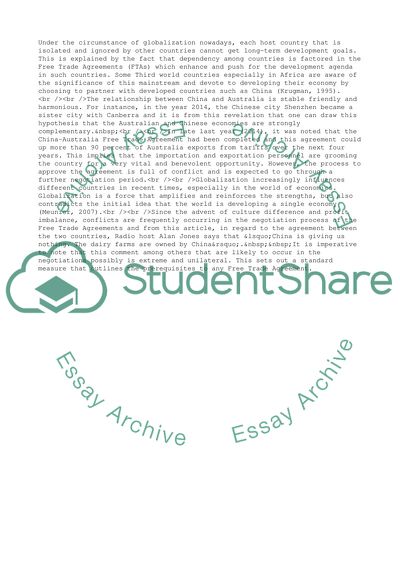Cite this document
(Media Analysis: Australia-China Free Trade Agreement Coursework Example | Topics and Well Written Essays - 1500 words - 5, n.d.)
Media Analysis: Australia-China Free Trade Agreement Coursework Example | Topics and Well Written Essays - 1500 words - 5. https://studentshare.org/business/1868515-media-analysis
Media Analysis: Australia-China Free Trade Agreement Coursework Example | Topics and Well Written Essays - 1500 words - 5. https://studentshare.org/business/1868515-media-analysis
(Media Analysis: Australia-China Free Trade Agreement Coursework Example | Topics and Well Written Essays - 1500 Words - 5)
Media Analysis: Australia-China Free Trade Agreement Coursework Example | Topics and Well Written Essays - 1500 Words - 5. https://studentshare.org/business/1868515-media-analysis.
Media Analysis: Australia-China Free Trade Agreement Coursework Example | Topics and Well Written Essays - 1500 Words - 5. https://studentshare.org/business/1868515-media-analysis.
“Media Analysis: Australia-China Free Trade Agreement Coursework Example | Topics and Well Written Essays - 1500 Words - 5”. https://studentshare.org/business/1868515-media-analysis.


